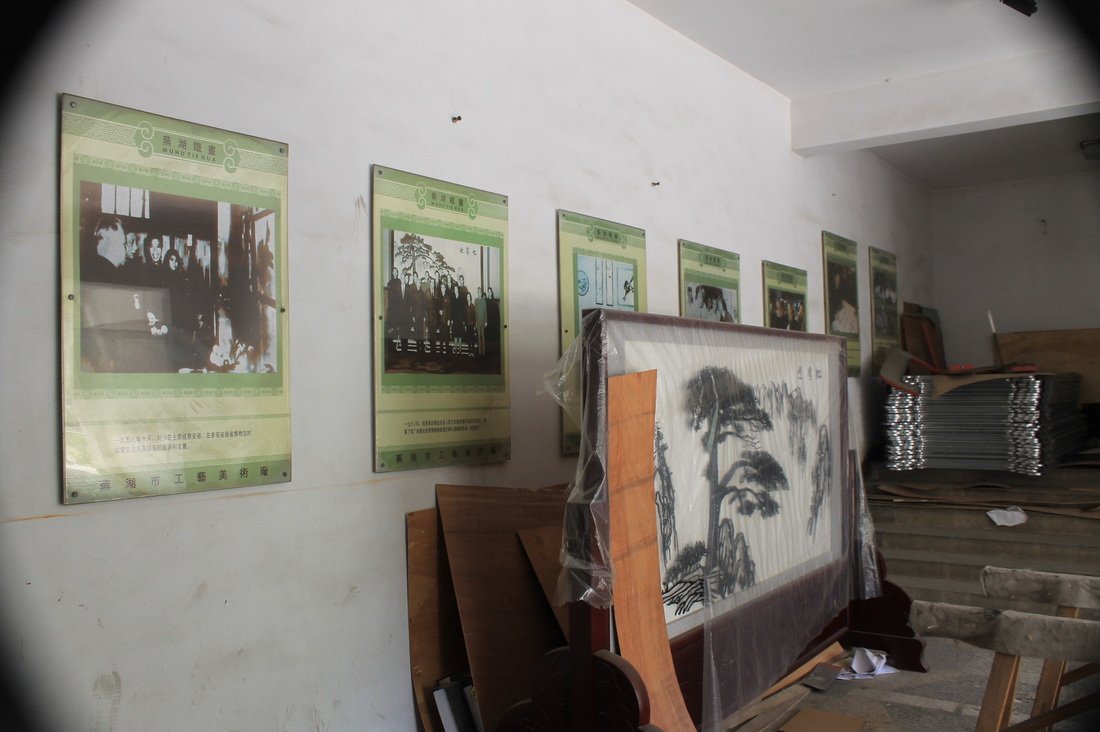THE FREE MARKET WORKS PRETTY WELL – K. MCINTYRE
The tiehua industry is getting more and more interesting. Here is what we have found out so far:
Wuhu Tiehua, a state-owned, collectivised monopoly that was privatised in the early 1990s is barely alive. From a maximum of around 600 employees in the 1980s, Wuhu Tiehua’s current workforce is…8. Over the past 25 or so years, the firm has undergone two restructurings, and each time, groups of workers, both laid off and of their own volition, have peeled off and founded their own tiehua firms.
We have been speaking to the managers and artisans of many of these new firms, and here is a rough summary of our (strikingly uniform) findings:
- Everyone reports higher incomes after leaving Wuhu Tiehua;
- Artisans report more artistic freedom and seem enthusiastic about how their art will develop in the future;
- All of the firms believe they have found and are exploiting a niche in the market. There are high-end firms, low-end firms, radical artisans and everything in between;
- With one exception (a cranky former apparatchik), everyone believes they are “better off” in a private market, and that privatisation has been a good thing.
- Intellectual property rights are a major concern in the market now that the products are becoming less homogenous.
As an economist, this sort of thing warms my heart. Entrepreneurship takes a lot of guts, and these firms appear to be really embracing the challenges and opportunities privatisation has created. I was very happy that students had the opportunity to see this. My sense is that the lay view of entrepreneurship is associated with big business and multinational corporations and the like, when the exact opposite is true. Entrepreneurship all around the world is mostly about small family firms; seeing this for real sends a powerful message about what business really is. (For example, about 70% of all of the stuff made in the US comes from small firms. I’d really like to get my hands on this number for mainland China.)
As a teacher, this is a textbook example of how the free market is supposed to work: there are strong incentives to innovate and to take risks in the tiehua market, with tangible rewards for success. Indeed, this is close to a capitalist best case scenario. As a true believer in the power and efficiency of competitive markets, I expected much of this, but the degree and speed to which the tiehua market has adapted to a free market environment was most impressive. I do have to admit that I was expecting to hear more concern/fear about the lack of security in an environment where firms can fail, but no.
I have to think FA Hayek would’ve really gotten a kick out of this trip.
